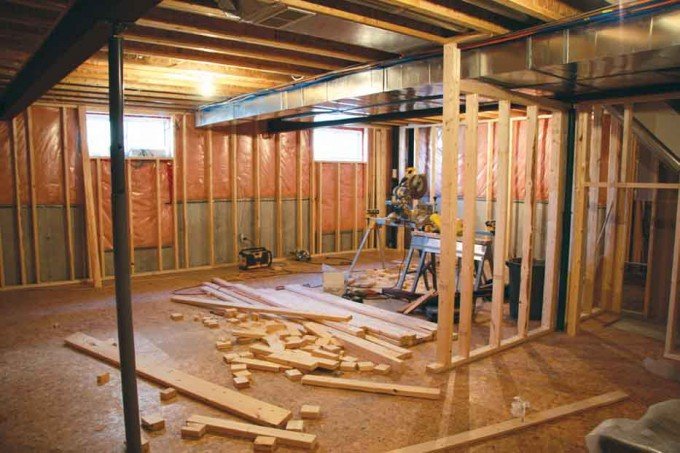Photo by Jordan Harris
Refinishing hardwood floors can dramatically improve the look and longevity of your flooring, but deciding whether to take on the project yourself or hire a professional can be challenging. Both approaches have their pros and cons, and the best choice depends on factors like your skill level, budget, and the scope of the project. At Detroit Training Center, we’re here to help you weigh the options so you can make an informed decision.
DIY Hardwood Floor Refinishing
Taking the DIY route can be a rewarding experience, but it’s not without its challenges.
Advantages:
Cost Savings: Doing the work yourself eliminates labor costs, making it a more budget-friendly option.
Personal Satisfaction: Completing a refinishing project on your own can be incredibly fulfilling.
Flexible Scheduling: You have control over when and how quickly you complete the project.
Challenges:
Steep Learning Curve: Refinishing requires knowledge of sanding equipment, stain application, and proper sealing techniques. Mistakes can lead to costly repairs.
Time-Consuming: Refinishing is labor-intensive and can take days to complete, especially for beginners.
Equipment Costs: Renting or purchasing professional-grade tools like drum sanders and edgers can add to your expenses.
DIY refinishing is best suited for small projects or homeowners with prior experience working with tools and finishes.
Professional Hardwood Floor Refinishing
Hiring a professional may be the best option for homeowners who want flawless results with minimal effort.
Advantages:
Expertise and Precision: Professionals have the skills and experience to handle challenges like uneven floors, deep scratches, and tricky corners.
Time Efficiency: A pro can complete the job quickly and efficiently, saving you time and stress.
High-Quality Results: Professionals use top-tier equipment and products, ensuring a durable and beautiful finish.
Warranty: Many professionals offer warranties for their work, giving you peace of mind.
Challenges:
Higher Costs: Professional services are more expensive due to labor and expertise.
Less Control: You’ll need to coordinate scheduling and may have limited input on the process.
Professional refinishing is ideal for large areas, heavily damaged floors, or homeowners seeking a polished, high-end finish without the hassle of DIY.
Making the Right Choice
To decide between DIY and professional refinishing, consider the following:
Budget: If saving money is your top priority and you’re confident in your skills, DIY may be the way to go.
Time: For those with tight schedules, hiring a professional ensures the job is completed quickly and efficiently.
Skill Level: Refinishing requires a steady hand and attention to detail. If you’re inexperienced, hiring a pro can prevent costly mistakes.
Project Scope: Large or heavily damaged floors may require the expertise and tools of a professional.
Learn the Skills at Detroit Training Center
If you’re leaning toward DIY but lack the confidence, consider joining a Hardwood Floor Refinishing Workshop at Detroit Training Center. Our hands-on classes teach you the skills and techniques needed to achieve professional-quality results, from sanding to staining and finishing.
Final Thoughts
Both DIY and professional hardwood floor refinishing have their advantages, and the right choice depends on your priorities and abilities. Whether you decide to tackle the project yourself or hire an expert, refinishing your floors is a worthwhile investment in your home’s beauty and value.
Visit Detroit Training Center’s website to learn more about our workshops and resources, or contact us to find the support you need to make your refinishing project a success!





























